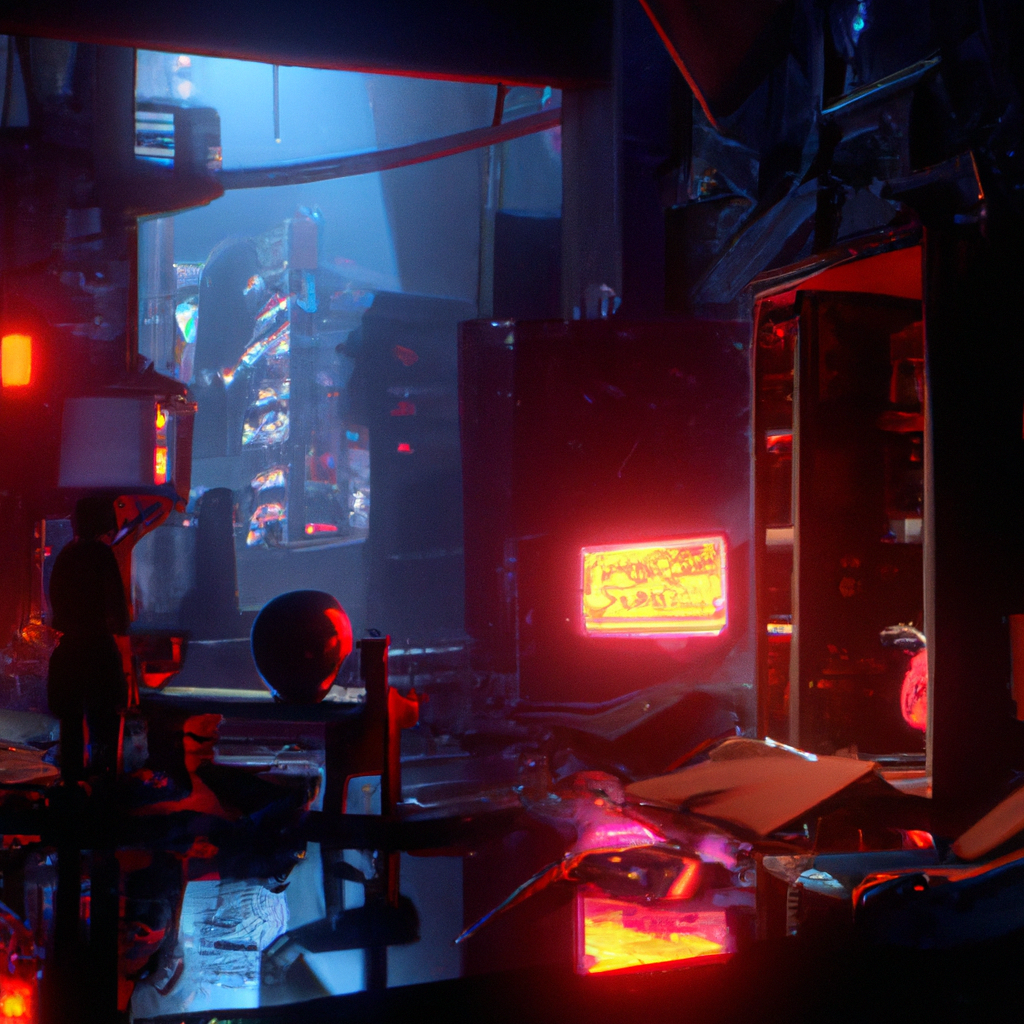“Revolutionizing Gaming: The Impact of Machine Learning on Game Balancing and Difficulty”
In recent years, the gaming industry has witnessed an unprecedented leap in technological advancements, largely driven by the adoption of machine learning (ML) and artificial intelligence (AI). These innovations have enabled game developers to push the boundaries of what is possible, from creating immersive and realistic virtual worlds to designing complex and dynamic characters that can learn and adapt. One area that has been significantly impacted by machine learning is game balancing and difficulty. In this blog post, we will explore how ML is revolutionizing the way games are designed, offering players a more enjoyable and tailored experience.
Traditionally, game balancing has been a manual and time-consuming process for developers. They would have to determine the right level of difficulty for each segment of the game to ensure that players are consistently challenged but not overwhelmed. This often involves extensive playtesting and iteration to find the right balance, which can be both costly and time-intensive.
Enter machine learning: a technology that has the potential to redefine how games are balanced and tailored to individual player preferences. By leveraging algorithms that can analyze vast amounts of data, ML can identify patterns and trends in player behavior, allowing developers to make informed decisions on how their games should be balanced.
One of the most significant ways ML has impacted game balancing is through adaptive difficulty systems. These systems use machine learning algorithms to analyze player performance in real-time, adjusting the game’s difficulty level accordingly. This creates a more personalized gaming experience, as players are continuously challenged at a level that is appropriate for their skill set. For example, if a player is consistently defeating enemies with ease, the game may increase the difficulty by spawning more challenging enemies or reducing the player’s health.
Another area where machine learning has made a substantial impact is in the analysis of player feedback. Developers often rely on player feedback to make adjustments to game balance, but sifting through countless forum posts, reviews, and social media comments can be a daunting task. Machine learning algorithms can analyze the sentiment and content of player feedback, identifying common issues and trends that need to be addressed. This enables developers to make more informed decisions on game balancing, allowing them to prioritize the most significant issues and create a better-rounded gaming experience.
One concern that has arisen with the increased use of machine learning in game balancing is the potential loss of the “human touch” in game design. Critics argue that relying on algorithms to dictate game balance may result in a sterile and formulaic experience, devoid of the creativity and nuance that comes from human intuition. However, proponents of machine learning argue that the technology should not be seen as a replacement for human designers, but rather as a tool that can augment and enhance their abilities.
In conclusion, machine learning has undoubtedly had a transformative impact on game balancing and difficulty. By enabling developers to make data-driven decisions and create adaptive difficulty systems, ML has the potential to revolutionize the way games are designed and played. As the technology continues to advance, we can expect to see even more innovative and personalized gaming experiences that cater to the unique preferences and abilities of each player. Ultimately, the integration of machine learning into game design promises to create a more enjoyable and engaging experience for players of all skill levels.






